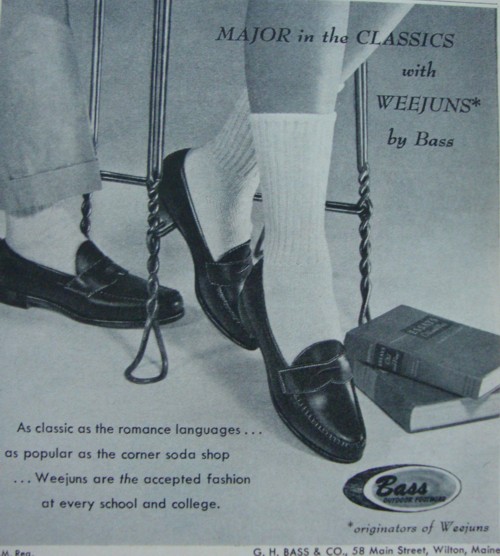 | |
| Fantasmagorie, illustration from Lucien Laforge's alphabet book. Cards produced by The Metropolitan Museum of Art, Harris Brisbane Dick Fund, 1930. Photo: Kneale Culbreath |
One of the reasons I named this blog Scentedpapers was because of my love of paper products. I love stationery, pens, and anything having to do with paper and letters. I use a fountain pen whenever I am not using my MacBook. I collect desk tools like sharpeners and silly scented Japanese erasers shaped like pieces of fruit. When I was little, I looked at font and typographic catalogs for fun. My mother is an artist and these books were always around, so I grew up with a great appreciation and fascination for the alphabet and the many forms it could take.
 |
| Jardinier, illustration from Lucien Laforge's alphabet book. Cards produced by The Metropolitan Museum of Art, Harris Brisbane Dick Fund, 1930. Photo: Kneale Culbreath |
When I was about eight years old, I received a set of cards and envelopes from the Metropolitan Museum of Art designed by the French illustrator, Lucien Laforge. The cards were all taken from images from Laforge's L’Abécédaire de Lucien Laforge, an alphabet book for children created in 1924. I loved these cards and fell in love with Laforge's strong use of color and line. I used up the entire box of cards, sending them to friends and family.
 |
| Marche, illustration from Lucien Laforge's alphabet book. Cards produced by The Metropolitan Museum of Art, Harris Brisbane Dick Fund, 1930. Photo: Kneale Culbreath |
Recently, a friend sent me a note written on one of Laforge's cards- she too had collected them and it was her note that inspired this blog post. I tried to find the set again but they no longer exist. I wanted to feature a blog post about Laforge because I think he is an artist who deserves more than a paragraph in Wikipedia.
Lucien Laforge was born in Paris in 1889 and died in 1951. His mother painted miniatures and his father was a violinist. Laforge started out as a painter and made a career for himself as an illustrator for French left-wing and anarchist publications. He was a pacifist and lived his entire life in near-poverty. Laforge's work is not well-known in the United States, which is a shame. I did not want to focus on Laforge's political illustrations because they are not easily accessible. He was an artist who moved from the world of politics to that of illustrating children's books, and then back to politics.
The Metropolitan Museum of Art was smart in choosing Laforge's book to use for stationery: although geared to children, the images also appeals to adults. Laforge uses repetition, pattern, and color in a way that is engaging and rhythmic. When I look at Laforge's work as an adult, it is as if I am seeing the illustrations as a child again. I feel I am getting a lesson in the use of perspective. Laforge's alphabet illustrations give children a great understanding of how the size of objects vary depending on where they are placed on the page. These works were originally done as woodcuts, printed in color.
 |
| Volcan, illustration from Lucien Laforge's alphabet book. Cards produced by The Metropolitan Museum of Art, Harris Brisbane Dick Fund, 1930. Photo: Kneale Culbreath |
La Mercurie, a French publishing house, recently re-issued Laforge's alphabet book and it can be purchased from Amazon France.
 |
| Xylophone, illustration from Lucien Laforge's alphabet book. Cards produced by The Metropolitan Museum of Art, Harris Brisbane Dick Fund, 1930. Photo: Kneale Culbreath |
In addition to the alphabet book, Laforge also illustrated the fairy tales of Charles Perrault. The illustrations are hauntingly beautiful. If you have some money, there are eight illustrated plates from Perrault's book currently available on eBay.
 |
| Zebre, illustration from Lucien Laforge's alphabet book. Cards produced by The Metropolitan Museum of Art, Harris Brisbane Dick Fund, 1930. Photo: Kneale Culbreath |
There is obviously an audience out there who wish to see Laforge's work, and it is exciting to see that French publishers have responded to the demand. My only hope is that Laforge's alphabet will be translated into different languages, to be enjoyed by children and adults in every country.
Source: Ma Gallerie a Paris, a terrific blog featuring the work of Laforge
Doriane Films, the company which distributes Laforge's book.
Kneale Culbreath is a writer by night and admin pro by day. Musicians and outsiders are her heroes. She writes about modern life.







